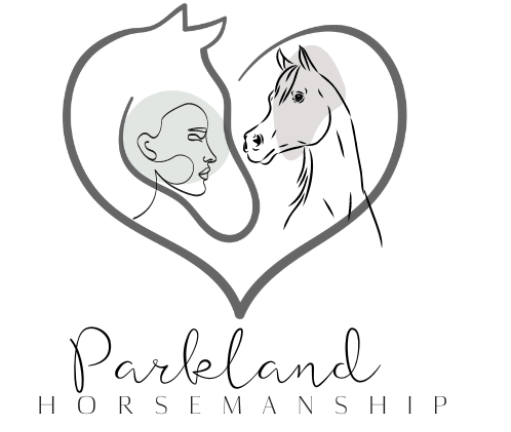As with human athletes, horses need to exercise to achieve peak physical condition for their discipline. And training a horse for all the sights, sounds, nerves and demands of competition takes time and dedication.
Training should gradually increase demands. Otherwise, horses risk injury or become confused and reactive.
Preventive Health Care
As with anything that requires significant dedication, resources, and emotion to develop successfully, developing performance horses is no simple task. To keep them sound and healthy, many trainers regularly assess their horses for any underlying issues that could lead to injuries – helping reduce the chance of minor issues becoming major health concerns that require costly treatment solutions.
Conditioning involves gradually building a horse’s physical strength and capacity for exercise, but it must not become overwhelming too quickly. Trainers closely monitor a horse’s heart rate, sweat rate and body temperature during training sessions as a measure to identify signs of fatigue that indicate whether to modify or stop exercises altogether.
An addition of variety into a horse’s training routine can prevent boredom while increasing fitness by challenging muscles in new ways. Ground exercises using different types of footing improve surefootedness and spatial awareness, while offering regular farrier visits, trims and shoeing can keep feet healthy while decreasing repetitive stress on joints.
Conditioning
Preparing horses for competition requires conditioning techniques tailored specifically to their discipline of choice. By strengthening muscles, soft tissues and bone, horses will be better equipped to handle more exertion with less discomfort – ultimately leading to more precise arena work results.
Conditioning typically begins with long slow distance (LSD) riding to build stamina, with frequency and duration depending on age/condition of horse; typically younger horses typically experiencing shorter-duration bouts.
As fitness levels advance, interval training frequency and intensity increase progressively. Skill development may also be included within this training regimen. Trainers monitor horses’ responses to exercise using objective methods such as heart rate monitoring, sweating rates monitoring, behavioral observations or stride mechanic observations in order to detect subtle signals that indicate fatigue in order to ensure no overexertion and injury occurs.
Training
Horses competing in competitive riding events such as barrel racing and cutting must respond rapidly to rider cues, requiring quick thinking and agility – something which riders can improve through exercises such as tight turns, fast transitions, varied stride lengths and cavaletti work.
Consistent practice is also key in helping the horse understand and anticipate rider demands; using a clicker training system with positive reinforcement helps create clear communication between horse and rider.
Some trainers use equine fitness testing, including video evaluating stride mechanics or objective measures such as electromyography or muscle biopsies, but most focus on more subjective approaches like the horse’s behavior during conditioning or his response to various exercises – all designed to build trust between handler and horse and make him receptive to instruction, leading to powerful partnerships that produce impressive results.
Competition
Horseback riding competitions can be an intensely demanding sport, so preparation is key to reaching peak performance. A comprehensive training program incorporating both flatwork and jumping exercises, coupled with proper nutrition will help your horse develop physical fitness necessary for success. Furthermore, competitive riders require strong bonds with their horses as well as knowledge of advanced riding techniques to succeed at this demanding endeavor.
As part of your competition preparations, it’s vital to avoid overtraining your horse. Overtraining occurs when there is an imbalance between training stress and recovery periods and may result in injuries such as fatigue, reduced appetite, weight loss or illness for both horse and rider.
To prevent overtraining, it’s key to gradually increase exercise demands. For instance, start out with larger circles around a barrel before gradually making them smaller until your horse learns to curve its body when rounding the barrel – this reduces travel distance while speeding up patterns allowing you to cut seconds off of your time!

